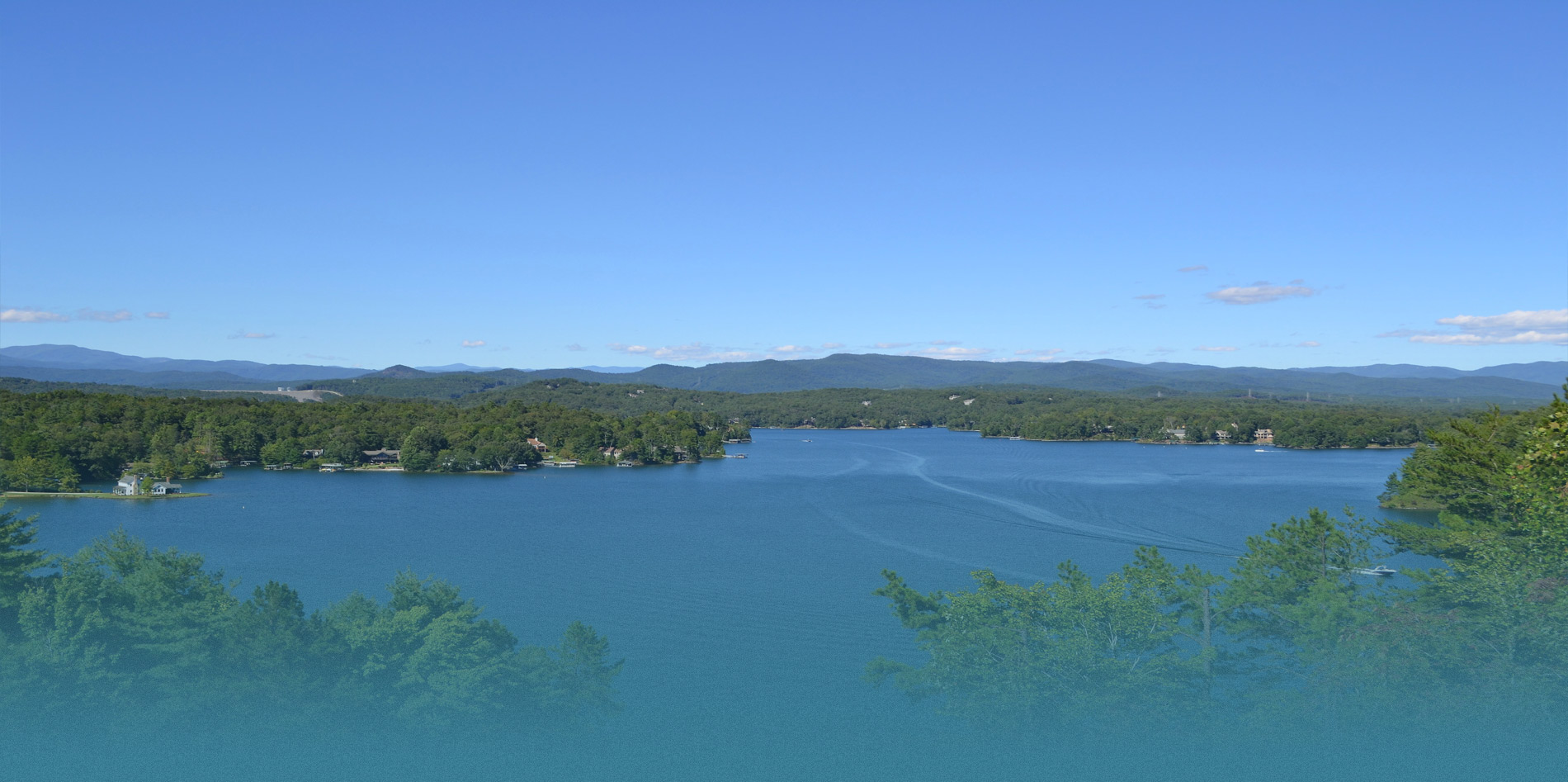Facts About Keowee
Lake Keowee has been touted as a recreational destination for fishing, boating, swimming, sailing, kayaking and other watersports, and the lake has been described as having pure and clean water.
Lake Keowee is a man–made reservoir in the United States in the state of South Carolina shaped somewhat like a Christmas tree. It is notable for having been created to serve the needs of a power utility (Duke Energy) as well as public recreational purposes.
It is approximately 26 miles (42 km) long, 3 miles (4.8 km) wide, with an average depth of 54 feet (16 m), and a shoreline measured at 300 miles (480 km) in total, and is approximately 800 feet (240 m) above sea level. It began in 1971 as a massive demolition and building project, including the construction of two large dams––Keowee Dam and Little River Dam––and covered 18,372 acres (74.35 km2) of the state. The lake collects or impounds waters from the Keowee River and the Little River and others, and the outflows below the respective dams join to form the Seneca River which flows into the larger Savannah River. Lake water helps to cool Duke Energy's three nuclear reactors located at the Oconee Nuclear Generating Station. In addition, the force of falling water through gravity helps generate hydroelectric power. The Keowee Hydro Station generates 158 megawatts from the lake's outflows. In addition, Lake Keowee has been touted as a recreational destination for fishing, boating, swimming, sailing, kayaking and other watersports, and the lake has been described as having pure and clean water.
The name Keowee is a Cherokee name roughly translated as "place of the mulberries." The former Keowee River, which was inundated by Lake Keowee, had been part of the Cherokee Lower Towns region, and Keowee Town had been located on the bank of the Keowee River.

